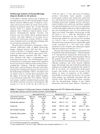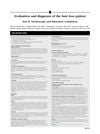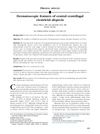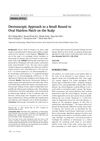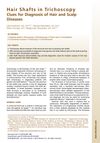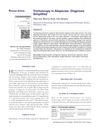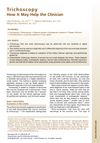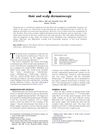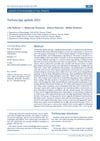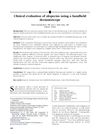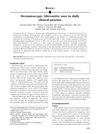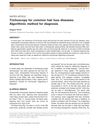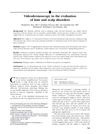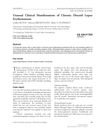Validity of Trichoscopy in the Diagnosis of Primary Cicatricial Alopecias
April 2016
in “
International Journal of Dermatology
”
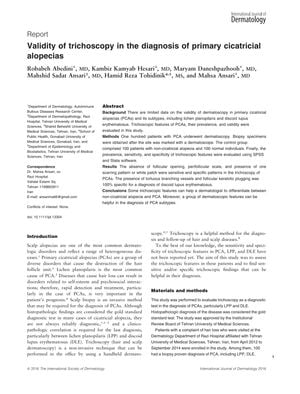
TLDR Trichoscopy is a useful method for identifying primary cicatricial alopecias and their specific types.
The 2016 study evaluated the effectiveness of trichoscopy in diagnosing primary cicatricial alopecias (PCAs) and their subtypes. It involved 100 patients with PCA, 100 with non-cicatricial alopecia, and 100 normal individuals. The study found that certain trichoscopic features, such as the absence of follicular opening, perifollicular scale, and specific vascular patterns, were highly sensitive and specific for PCA and its subtypes, particularly discoid lupus erythematosus (DLE). The absence of follicular opening showed 100% sensitivity and 99.5% specificity for PCA, while tortuous branching vessels and follicular keratotic plugging were 100% specific for DLE. The study concluded that trichoscopy is a valuable non-invasive tool for distinguishing between cicatricial and non-cicatricial alopecias and for aiding in the diagnosis of PCA subtypes, although it acknowledged limitations due to the small sample size for certain conditions and recommended further research with larger sample sizes.
